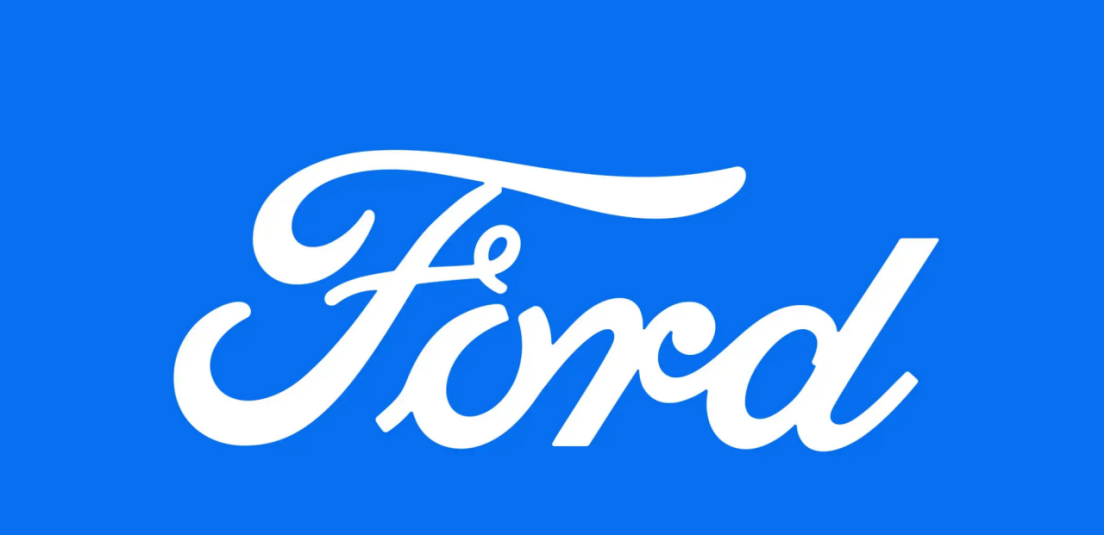On July 30, American automaker Ford Motor Company announced that its revenue for the first half of the year reached $90.8 billion, roughly flat compared to $90.6 billion during the same period last year. However, its net profit plummeted to $400 million, significantly down from $3.2 billion a year earlier. According to non-GAAP measures, Ford's adjusted earnings before interest and taxes (EBIT) for the first half of this year amounted to $3.2 billion, down from $5.5 billion a year prior; free cash flow was $1.3 billion, down from $2.8 billion last year. In the second quarter, Ford's revenue, based on GAAP, was $50.2 billion, a 5% increase from $47.8 billion a year ago. On a non-GAAP basis, adjusted EBIT for Q2 was $2.1 billion, below the $2.8 billion from the same quarter last year, but still exceeded expectations. Free cash flow reached $2.8 billion, down from $3.2 billion last year; adjusted diluted earnings per share stood at $0.37, above the analysts' average forecast of $0.33, but lower than $0.47 from the previous year. Ford projects that its adjusted EBIT for the full year 2025 will be between $6.5 billion and $7.5 billion, which includes approximately $2 billion in adverse net tariff impacts. The adjusted free cash flow is expected to be between $3.5 billion and $4.5 billion, with capital expenditures around $9 billion. Initially, the company had projected the 2025 adjusted EBIT to be between $7 billion and $8.5 billion, but this forecast was withdrawn in May due to tariff-related uncertainties. Ford warned that the adverse impacts of President Trump's tariff policies would lead to a significant decline in profits this year, highlighting how major policy changes in the U.S. are disrupting the global automotive landscape. Ford predicts that its adjusted EBIT could decline by up to 36% this year, largely due to $2 billion in net tariff impacts, around $500 million more than previously anticipated. This is the latest example of how automakers are being repeatedly affected by Trump's policies. Tariffs on imported cars, parts, steel, and aluminum, as well as on goods from major trading partners, have significantly raised costs for Ford and its competitors. Despite producing more cars in the U.S. than any other manufacturer, Ford still faces high and rising tariff costs. Meanwhile, the Trump administration's relaxation of stringent automotive emissions regulations may provide a significant boost for Ford and its Detroit competitors, allowing them to sell more lucrative high-fuel-consumption SUVs and pickups. CEO Jim Farley stated that these policy changes indicate that the global automotive industry is undergoing a long-term transformation. During Ford's Q2 earnings call, Farley noted, "We increasingly see Europe, North America, and Asia moving towards regional business models, which I believe will be a fundamental shift." He pointed out that the recent trade agreement between the Trump administration and Japan, which lowered tariffs from 25% to 15%, along with Japan's lower labor and currency costs, gives competitors like Toyota a significant cost advantage over Ford. Farley highlighted that Ford's Escape crossover produced in Kentucky has a cost disadvantage of about $5,000 compared to the Toyota RAV4, while the Ford Bronco produced in Michigan has a cost disadvantage of up to $10,000 compared to the Japanese-made Toyota 4Runner SUV. In an interview with Bloomberg, Farley mentioned that Ford is working with the Trump administration to "minimize our tariff expenditures so that we can be more competitive." He told analysts on the call that the tariffs feel like a long-term issue. Ford's stock fell 2.4% in after-hours trading on July 30. So far this year, the stock is up about 10%, while the S&P 500 has risen about 8%. Notably, Ford's warnings largely overshadowed the news that its Q2 profits exceeded Wall Street expectations.
Ford Reports Mixed Financial Results Amid Trade Policy Challenges

Share this post on: